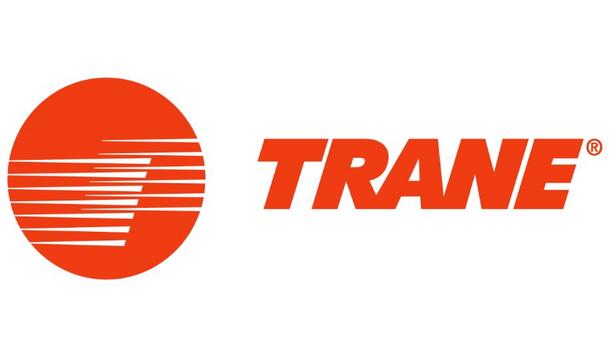The ongoing pandemic puts indoor air quality issues in the spotlight, however, IAQ concerns predate COVID. For example, schools across the U.S. already faced an IAQ crisis in their buildings prior to the coronavirus. In fact, in early 2020, the U.S. General Accountability Office (GAO) published a report revealing that roughly half of U.S. schools need multiple system upgrades with one-third in need of HVAC updates.
Failure to address these issues leads to health problems. Combine this with the dangers presented by the pandemic and IAQ regulation is sure to follow. Before that happens, however, the formation of a public-private partnership for indoor air quality regulation will benefit all parties.
Fouled HVAC systems
As they’ve discussed in this forum, the negative impact of IAQ on building occupants is well documented. Poor IAQ not only leads to health issues such as asthma and Sick Building Syndrome, but it also impairs cognitive functioning. The result is lower productivity for workers and lower test scores for students.
Outdated and fouled HVAC systems work harder to bring fresh outdoor air into buildings
To provide safe IAQ, keep schools open, and workers safe, a partnership between these institutions and a trusted environmental consultant is needed. Improving indoor air creates a healthier environment. For example, increasing ventilation lowers virus transmission. Additionally, outdated and fouled HVAC systems work harder to bring fresh outdoor air into buildings. This not only increases the risk of virus transmission but energy costs and maintenance calls too.
Private business owners
Before government regulation, K-12 schools, universities, and private business owners should take a proactive approach to IAQ. That means self-regulation of indoor air quality to keep in compliance with ASHRAE standards for ventilation and IAQ. This also means asking questions about what is acceptable in terms of IAQ and what is the best way to achieve it. While no silver bullet solution exists, a balanced strategy that aligns key areas of building health keeps conditions optimal.
For their part, Pure Air Controls has conducted studies in over 15,000 buildings worldwide. Since 1986, they’ve worked with private and government agencies and facilities managers across many industries to help them improve IAQ in their buildings. They have data on how different buildings operate and how HVAC systems affect IAQ and they understand common and unique indoor environmental issues and how to solve them.
Other environmental tests
They collect samples from the AHU and send them to the environmental diagnostic lab for analysis
They have the systems and methods in place to test, clean, and restore HVAC systems and improve IAQ. Their HVAC Hygiene Assessment diagnoses IAQ issues by assessing factors such as building tightness and airflow and energy efficiency. They collect samples from the AHU and send them to the environmental diagnostic lab for analysis. This includes testing for fungi, bacteria, mycotoxins, allergens, pollutants, and viruses like SARS-CoV-2.
As well, the Building Health Check includes allergen assessments of mold and dust as well as other environmental tests. To ensure conditions stay safe going forward, the IAQ Guard system provides 24/7 surveillance of environmental conditions. Any changes to CO2 and VOC levels, temperature, and relative humidity result in a response from a remote team that addresses the issue in real-time.
Disinfecting HVAC equipment
Cleaning is the next step in indoor air quality regulation. The PURE-Steam method uses high-temperature steam to disinfect the AHU and coils. It kills microbes as well as odors but also improves system operation and extends the life of the equipment.
The PURE-Decon method uses EPA-registered DEPs to disinfect HVAC equipment and ductwork
The PURE-Decon method uses EPA-registered DEPs to disinfect HVAC equipment and ductwork. These disinfectants kill 99.9 percent of mold, bacteria, and microbes without leaving residue behind. Restoration of existing HVAC systems saves money while improving IAQ. The HVAC New Life system includes PURE-Coat, which is an application of an antimicrobial coating to protect the HVAC system.
Volatile organic compounds
This antimicrobial hydrophobic coating protects the coil as PURE-Liner refinishing protects the drain pan against moisture and hot and cold extremes. In addition, the installation of PURE-Cell fiberglass-free zero-porosity repels moisture and stops microbial growth.
To keep indoor air regulation in compliance Pure Air recommends using air cleaning technologies using a 4-stage filtration system with a carbon filter to absorb odors as well as volatile organic compounds (VOCs). A device using PlasmaTrue releases ions that destroy microbes which it catches in a carbon filter. Devices with Enviro-Smart sense room occupancy then adjust operation as needed.















